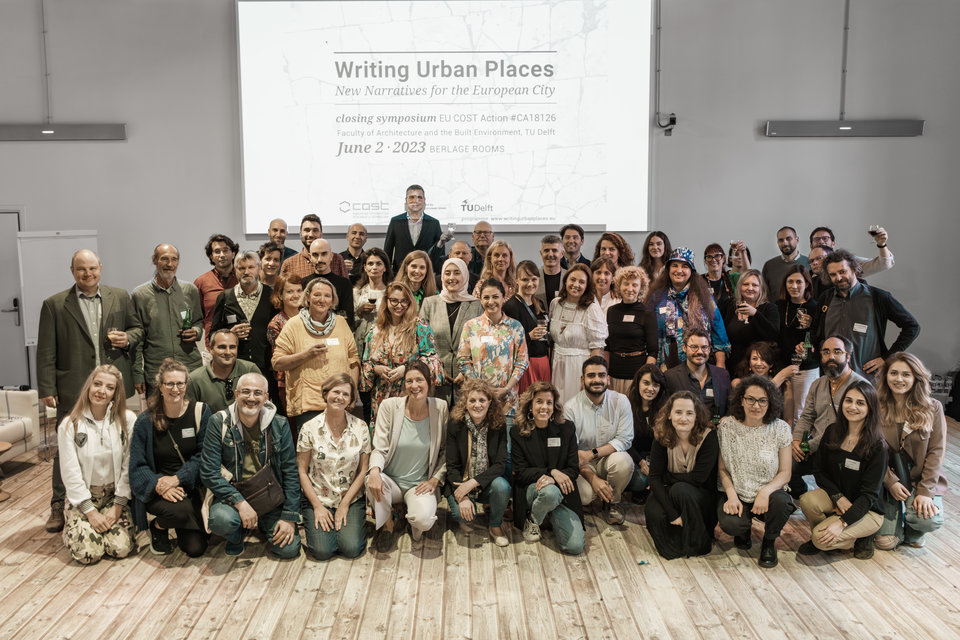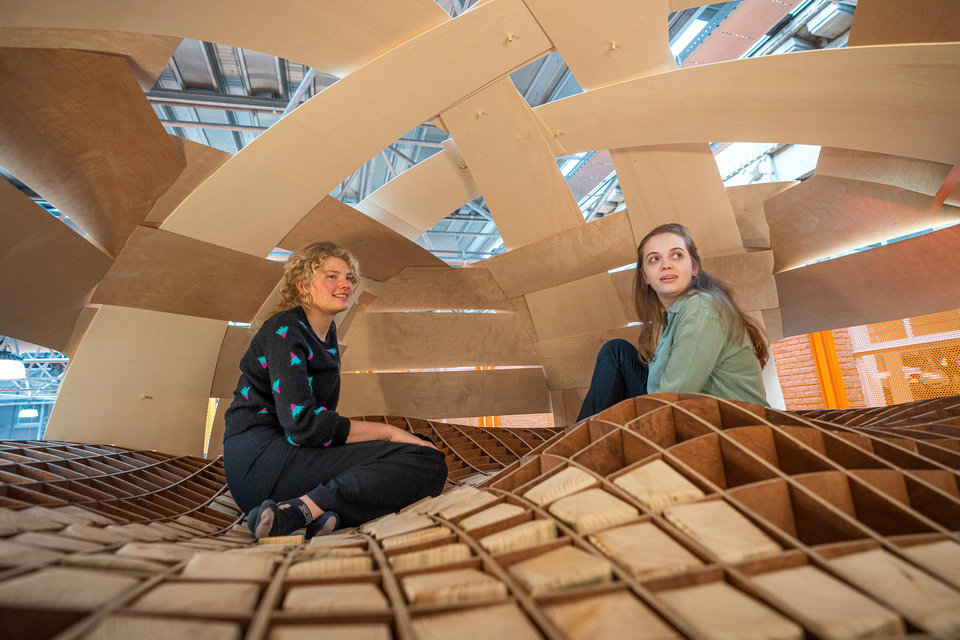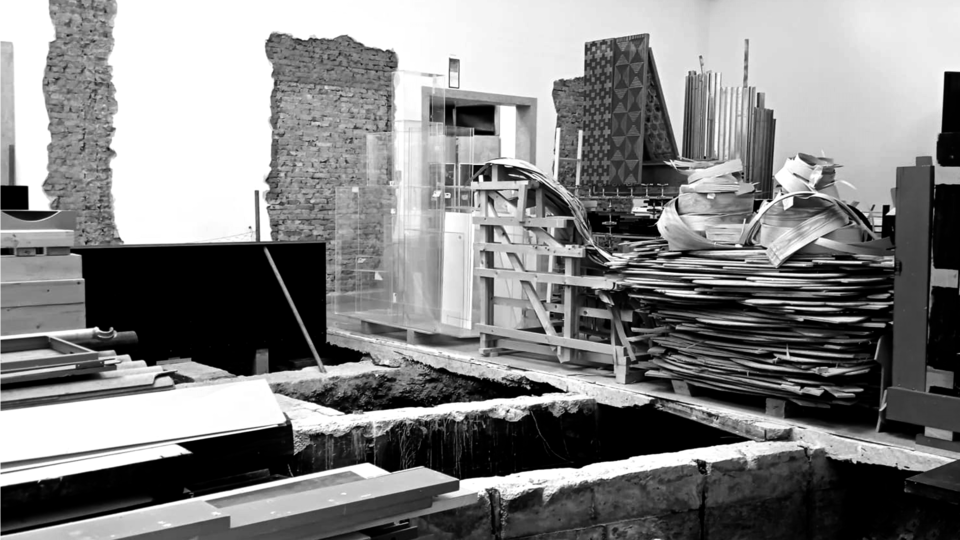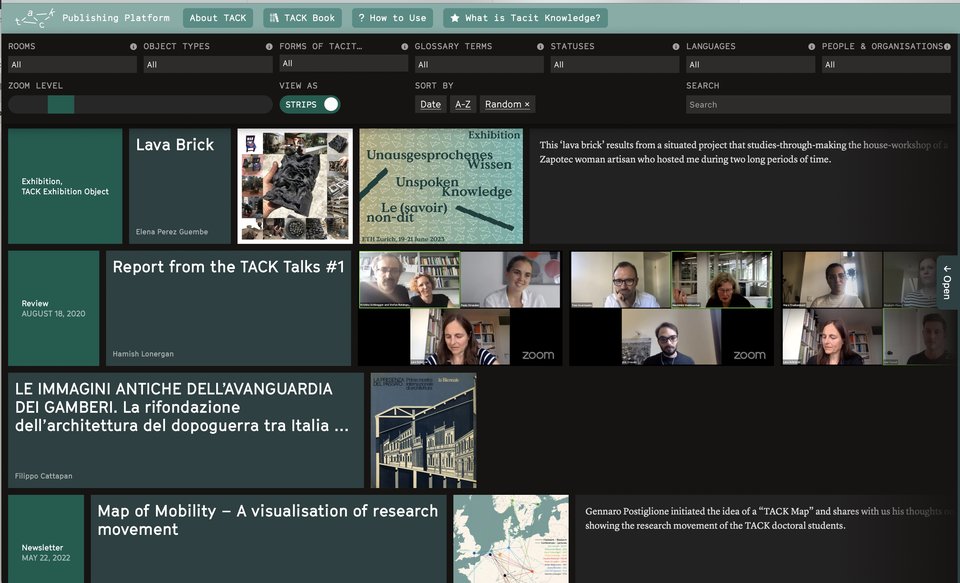Situated Architecture
Situated Architecture recognises that the experience of architecture is bound to 'situations' that architecture both articulates and produces. The consideration of these situations includes questions of experience, languages and representation, and material cultures. This research unit takes the notion of situated experience as a common ground between academia and practice; as a topic to explore both conceptually and through material and building practice.

Situated Architecture gathers the research activities of four academic groups: Building Ideologies, Interiors Building Cities, Methods of Analysis and Imagination, and Urban Architecture. Together, these groups have defined three, partially overlapping research perspectives that are shared within Situated Architecture.
First, Experiencing: Perception of Place. Exploring the complexities of the experience of place and architecture, giving privilege to phenomena – such as material, mass, light, and space – and the specific effects of cultures on architecture and the environment, its materialisations and expressions. The specific solutions, conventions, arrangements, and fantasies inscribed in places are all constituent elements of experience.
Second, Narrating: Language and Representation. Investigating the relationship between the physical reality of place and the way it is imagined and expressed. Reflections on oral history, narrative, literary imagination and everyday spatial practices are used as lenses to reflect on the way architecture is situated: not only in terms of its physical connection to place, but also socially and culturally.
Third, Making: Material Culture. Ideas find themselves translated into atmospheric, spatial and material phenomena and expressions of material culture. Material culture refers to the ideas of culture(s) that are embedded in things, in artefacts: objects, interiors, places, buildings, cities; in their arrangements; in the ways they are made; in their appearances and the language of those appearances. Analyses of situated architecture are deeply indebted to how one interacts with the world through things.
Members
Research staff:
- Leontine de Wit
- Janina Gosseye
- Klaske Havik
- Sereh Mandias
- Jorge Mejia Hernandez
- Mark Pimlott
- Leeke Reinders
- Daniel Rosbottom
- Eireen Schreurs
- Angeliki Sioli
- Aleksandar Staničić
- Frans Sturkenboom
- Amy Thomas
- Paul Vermeulen
- Willemijn Wilms Floet
- Jurjen Zeinstra
Post docs:
PhDs:
- Eric Fereira Crevels
- Diederik de Koning
- Soscha Monteiro
- Dorina Pllumbi
- Saman Seyff
- Nama'a Qudah
Key projects

Writing Urban Places
Developing an understanding of communities, their society, and their situatedness by narrative methods
The Space of Words
Modelling atmospheres of space through the use of written and oral language
Material Gardens
A study of material yards, where building materials are collected after deconstruction and before reuse
